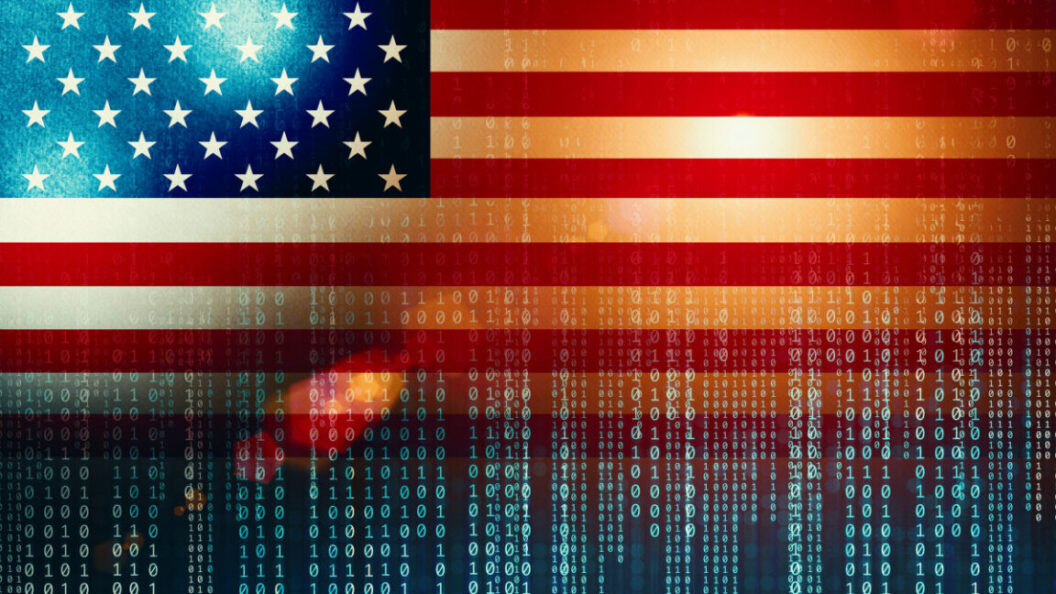New U.S. Regulations on AI Chip Exports: A Tiered Approach to National Security
In a strategic move to bolster national security, the U.S. government announced new regulations on Monday regarding the export of artificial intelligence (AI) chips. This comprehensive set of guidelines categorizes countries into three tiers based on their access to advanced AI technology, which has become critical in a range of applications from military systems to commercial AI products.
Categorization of Countries and Exports
The new regulations introduce a tiered structure that includes approximately 120 countries. Close allies of the United States, totaling 18 nations, will benefit from unrestricted access to AI-accelerating Graphics Processing Units (GPUs), such as those produced by companies like Nvidia. In stark contrast, the regulations maintain strict export bans for countries perceived as security threats, including China, Russia, Iran, and North Korea.
This nuanced approach aims to safeguard U.S. technological advancements from falling into the hands of those who could potentially use them for malicious purposes. As stated by the White House, “In the wrong hands, powerful AI systems have the potential to exacerbate significant national security risks, including by enabling the development of weapons of mass destruction, supporting powerful offensive cyber operations, and aiding human rights abuses.”
Background and Implementation Timeline
These new export rules build upon earlier chip controls initiated in September 2022 and October 2023. The Biden administration has articulated these regulations as crucial in the face of rising geopolitical tensions and the evolving landscape of technology utilization in global conflicts. The regulations are set to take effect in 120 days, extending into the next administration, regardless of its party affiliation.
Quantitative Limits: A Clear Framework
The regulatory framework establishes specific quantitative limits on AI chip exports. In addition to the unrestricted access for first-tier countries, the second tier can receive up to 50,000 advanced computing chips, with the possibility of increasing that cap to 100,000 if they enter technology security agreements with the United States.
For many potential buyers, simplified access means that orders for up to 1,700 advanced chips will not require a license and will not count against the national caps. This policy is strategically designed to facilitate procurement by academic institutions, medical facilities, and research organizations, thereby allowing for unhindered advancement in areas such as medical research and technological development.
Impact on Global Technology Landscape
This new regulatory landscape is likely to have profound implications for the global technology ecosystem, particularly in nations that fall outside the first tier of allies. Countries in the second tier will find themselves in a competitive position, as they can leverage agreements to access American technology, while those in the third tier must seek alternatives that could potentially lack the capabilities of U.S.-made chips.
Critics may argue that these measures could exacerbate existing technological divides, fostering environments where nations unable to secure advanced technology may turn to alternative means to develop their capabilities. Additionally, geopolitical tension may escalate as affected countries seek to respond to what they might view as unfair restrictions.
Conclusion: A Balancing Act of Innovation and Security
The newly announced regulations on AI chip exports underscore the U.S. government’s ongoing commitment to balancing innovation with national security. As AI technology continues to evolve and integrate into critical systems and everyday applications, the importance of its secure deployment becomes increasingly vital.
In the coming months, stakeholders across the globe will be closely monitoring how these regulations unfold and whether they’ll successfully mitigate the risks outlined by the Biden administration. The potential impact on international relations, technology advancements, and competitive equity remains to be seen, making this a pertinent issue in the ongoing dialogue surrounding artificial intelligence and national security.









